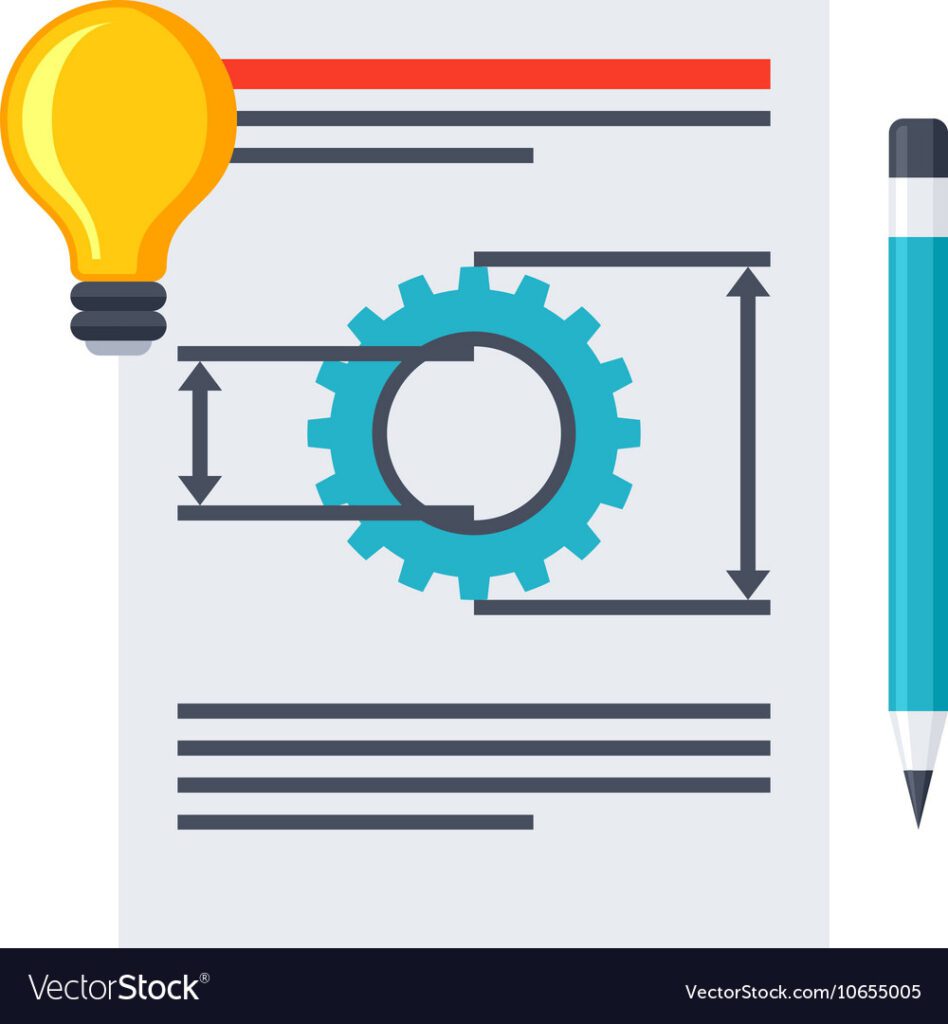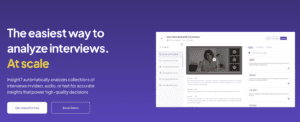Product Requirement Documentation: What is it? Effective Templates for Product Managers
-
Bella Williams
- 10 min read

Product Requirement Documents (PRD): A Comprehensive Guide
Communication is crucial in any product development process, that is why ensuring that everyone involved in a project understands its objectives, features, and functionalities is crucial for success. Today, it has become more important than ever to have a clear plan and vision for what you want your final product to look like. That is where Product Requirement Documents (PRDs) come in handy.
A PRD is a crucial document that helps define your product’s features, functionality, and purpose. It serves as a roadmap for the entire product development process and helps align stakeholders with the product team’s goals and objectives. A PRD serves as a foundational blueprint that outlines all the necessary details and specifications for a product. In this comprehensive guide, we’ll delve into what a PRD is, its significance, how to create one, and how to make the most of it during the product development process.
Introduction
The Product Requirement Document (PRD) is a product management document that defines your product’s features, functionality, and purpose in detail. It is an essential document that helps align stakeholders and their expectations, ensuring that everyone is on the same page and that the product team has a clear plan to build the product.
A PRD is critical to the success of any product. It establishes a clear understanding of what will be built, why it will be built, and how it will be built. It dictates everything from the primary features to irrelevant minor details like button colors, which shouldn’t be dismissed as insignificant.
What is a PRD?
A PRD is a comprehensive document that outlines the product’s requirements and goals. Its purpose is to define the various elements of a product, including its features, purpose, and specifications. It is a comprehensive document that defines what a product should achieve and how it should function. It acts as a central reference point for all stakeholders involved in the product development process, offering a clear, unambiguous vision of the product.
A PRD differs from other product-related documents, such as roadmap, vision documents, or a user story. Unlike a roadmap, which provides a higher-level view of product development, a PRD dives into the details of what features are required and how they should be implemented. It goes beyond the goals and objectives outlined in a vision document and provides a more granular view of the product’s requirements compared to user stories. Roadmaps usually take a higher-level view of product development and lay out the general direction and timeline of the project. Meanwhile, vision documents discuss the overall goals and objectives of the product. On the other hand, user stories provide a more detailed and specific view of individual feature requirements.
PRDs are considerably more comprehensive than user stories and cover product-related requirements from end-to-end, including user needs, business requirements, technical specifications, and other granular details.
The primary purpose of a PRD is to:
- Provide Clarity: Clearly articulate the product’s goals, features, and specifications.
- Align Teams: Ensure that all teams, from design to engineering, work in harmony toward a common goal.
- Reduce Misunderstandings: Minimize confusion and misinterpretations that can lead to costly errors.
- Set Expectations: Define what is expected from the product, which is essential for meeting customer needs and market demands.
Importance and Benefits of PRD
A PRD has numerous benefits to product development, some of which are as follows:
. Clear and Concise Product Vision
A PRD establishes a clear and concise product vision that stakeholders can use as a guiding compass throughout the development process. It defines the goals and objectives of the product, providing a shared understanding among team members.
. Improved Communication Among Stakeholders
The PRD supports communication and collaboration among stakeholders to ensure everyone is working towards the same expectations. It serves as a communication tool that helps align stakeholders’ expectations. It ensures that everyone involved in the project, including designers, developers, and executives, understands what needs to be built and why. It helps to minimize misunderstandings and misinterpretations among teams.
. Easier Navigation Through Product Development
The PRD provides direction and clarity on project progression, keeping the team focused and preventing scope creep leading to additional work that distracts from the original project goals. Teams work in sync, as the PRD provides a shared vision and eliminates conflicting interpretations.
. Cost and Time-Efficient
The PRD helps teams to stay on course, saving money, and time when shifting towards ambiguous business requirements. By clearly defining the product requirements, a PRD helps prevent rework or unnecessary changes later in the development process. This saves both time and costs by avoiding delays and unnecessary expenditures.
. Consistent and Detailed Documentation
A PRD serves as a comprehensive and consistent source of documentation for the product. It captures all the relevant information and requirements in one place, making it easy to reference and ensuring a clear record of the product’s development history. The PRD is typically detailed, including all necessary information in one document.
How to Create a PRD
. Research
The first step in creating a PRD is conducting thorough research. Review what is already available to determine its feasibility, including existing features, user expectations, market trends, and competition.
. Define your User Persona
Defining your target audience is important in setting your product vision. Define your user persona to establish the user’s character, goals, struggles, and expectations.
. Define the Scope
Based on user personas, create a list of user stories and prioritize them to define the project’s scope.
. Define and Prioritize Features
Based on research and user stories, create a list of features that you need to include in your product. Evaluate which ones are the most critical to achieving the project’s goals and then assign priority.
. Plan Performance Metrics
Identify the product’s performance objectives combined with the non-functional requirements such as availability, scalability, and security.
. Create a Prototype
Develop a prototype, leveraging the user stories, technical expertise, and feature prioritization, to help visualize the user’s interaction with the product.
. Gain Feedback and Make Adjustments
Get feedback about the PRD and prototype from stakeholders, including usability, feasibility, and potential enhancements, and make adjustments accordingly.
. Finalize PRD
Make final revisions, incorporating stakeholders’ feedback and ensure that the PRD stays true to the product vision.
How to Use a PRD
A PRD is a guiding document that needs to be used throughout the product development process, from design, development to delivery. A PRD is not a static document; it evolves throughout the product development lifecycle.
Here’s how to use it effectively:
1. Facilitate Communication
During product development, the PRD is the medium used to communicate product vision and requirements to stakeholders, including the product team and other departments.
2. Prioritize Features
The PRD can be used to prioritize features for further development based on their impact on product vision and goals against competing product functionality.
3. Develop User Stories and Roadmaps
The PRD provides a basis for developing more granular user stories and roadmap items to support agile product management.
4. Monitor Product Development Progression
The PRD is used to track the product’s progression through the product development process. It helps in tracking the product roadmap and ensures that development is consistent with the product vision. Continuously refer to the PRD to ensure that development stays on track.
5. Aid Decision Making
The PRD can be used to make impactful decisions about the product’s features, functionality, and ultimately its success. Validate the product against the PRD to confirm it fulfills the initial objectives.
6. Evaluate Deliverables
The PRD provides the baseline to evaluate the final product against its requirements and goals. Use the PRD as a basis for designing test cases and ensuring that the product meets the specified requirements.
PRD Checklist
Below is a checklist that can guide you when creating your PRD:
Product Overview
- Product vision/Goals
- Stakeholders information/contact
- Target audience
- Value proposition
- Product differentiation
User Personas
- Characteristics
- Problems
- Goals
- Needs
Product Functionality
- Features
- Prioritization
- Supporting user stories
- Competitive analysis
Technical Specification
- Performance metrics
- Scalability
- Security
- Availability
Wireframes/Prototype
- User interface design
- Navigation
- Usability testing
Assumptions, Constraints, and Risks
- Operating environment
- Resources
- Scheduling
Budget and Timeline
- Estimates and timeframes for different phases of development
- Budget allocation
Conclusion
A PRD is an essential document for any product development project. It’s more than just a document; it’s a fundamental and foundational tool that aligns stakeholders, communicates a product vision, and ensures that all participants understand and execute towards the same objectives. To create a successful product development strategy, make PRD a priority in your product development roadmap, and use it throughout the product development lifecycle. Use the guidelines and PRD template outlined in this post to make your PRD, and start building your product with confidence. Ultimately, it will lead to a more successful and satisfied end-user.








